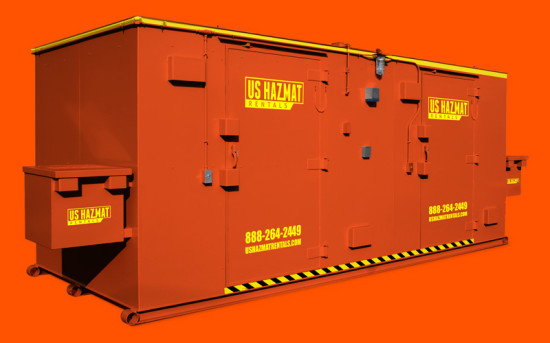Natural disasters were a large part of 2017. Hurricanes made a huge showing, with Irma, Maria, and Harvey. The devastation Harvey caused to the Houston area is still a problem six months later. The residents are truly unfortunate, but the circumstances of the cleanup were made doubly worse by the incident at the Arkema plant.
The typical chemical explosion is what you’d imagine, large and disastrous. However, chemical incidents don’t have to be big to cause major issues. The incidents in Crosby, Texas were small incidents with massive repercussions. Harvey unleashed devastation unparalleled in the area, which caused the Arkema plant to leak hazardous chemicals.
The unique aspect of this incident, was that the reaction caused small “pops of sound.” The chemicals were dispersed in to the air, damaging the respiratory systems of anyone tending to the situation nearby. The victims symptoms were coughing, shortness of breath, fatigue, and secondary symptoms of respiratory complications. Firefighters, first responders, and police were all affected by the airborne chemicals.
The Regulations Involving Chemical Incidents
The laws around these incidents are complicated due to the substantial regulations and standards involved. Arkema’s incident is still being handled by the U.S. Chemical Safety Board and other authorities. The USCSB does not regulate the incidents themselves, but they do assist in informing the authorities of the standards and regulations involved. They also set these standards to protect employees from negligence of employers.
However, the regulations they control and inform the judicial system on may be changing. The Trump administration has proposed a budget that will eliminate funding to the U.S. Chemical Safety Board. The typical budget was not a large amount, but in the double digit millions over a normal year. As a result of this relatively small number being reduced to zero, the USCSB will be unable to operate unless changes to the budget occur.
When it comes to chemical storage and safety, nothing will change. These incidents will complicate the legislative process, but not eliminate it completely. Fines will be enforced by the appropriate legislation, and as per usual they’ll be high. The best way to stay away from the murky legislative process and extensive fines is U.S. HAZMAT Rentals. Our team of professionals will make sure you receive a chemical storage locker capable of withstanding nearly every incident relevant to your chemicals and area. For example, our large explosive storage magazine.
Features of the large explosive storage magazine include:
- 12 Gauge Steel Exterior
- 3/4″ Plywood or Hardwood Interior
- 2 Hasps and Crane HooksThe 12 gauge steel exterior provides unmatched protection for your explosive materials. This storage magazine contains a ¾” plywood or hardwood interior, which is non-sparking, ensuring the safest environment for your explosive storage. This storage magazine comes equipped with 2 hasps for additional security and crane hooks for your convenience. As always, our large explosive storage magazines are built with the highest quality components, and are engineered for the highest safety and security. Use our large explosive storage magazine outdoors for the storage of high and low explosives, detonators, blasting caps, pyrotechnics, ammunition, and other ordnance







